
Photoperiodic or photoperiod cannabis plants are those that react to changes in their light cycle. In the wild, cannabis plants grow based on the period of light and darkness they receive. Typically, summers have more daylight compared to darkness, and the plants grow in the vegetative period as long as they receive more daylight. As seasonal changes occur, however, the days become shorter and nig
Show more ...




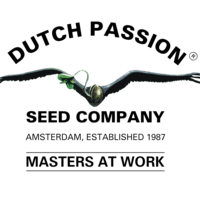


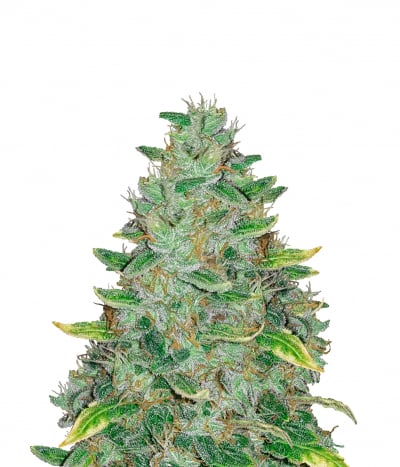

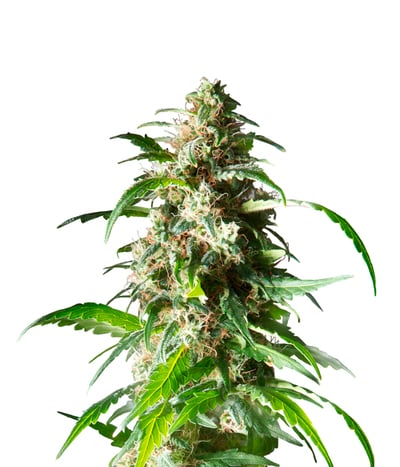



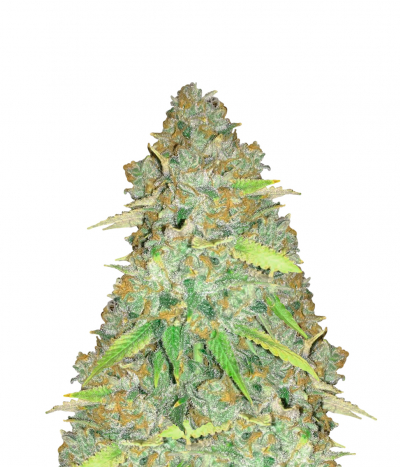

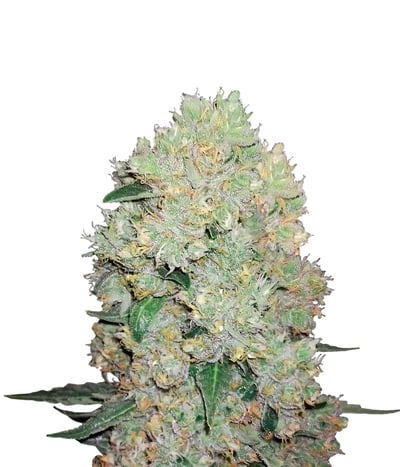

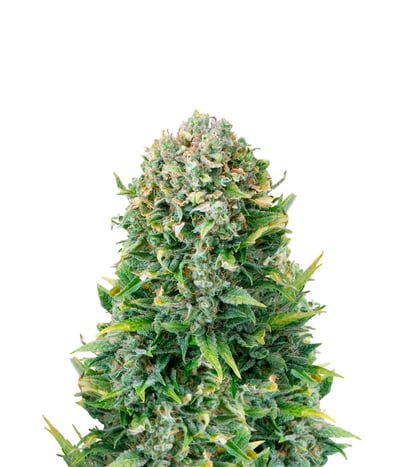



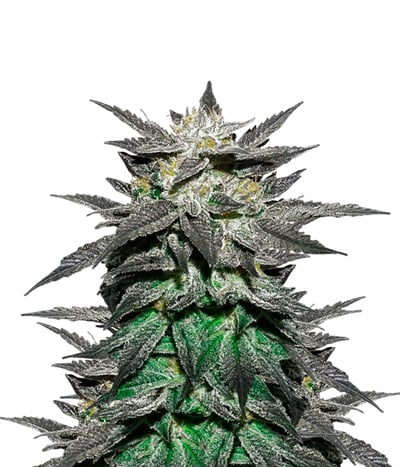

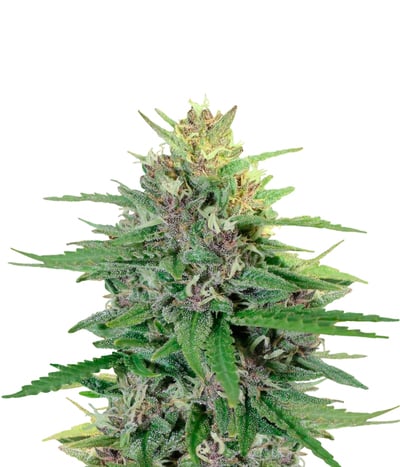

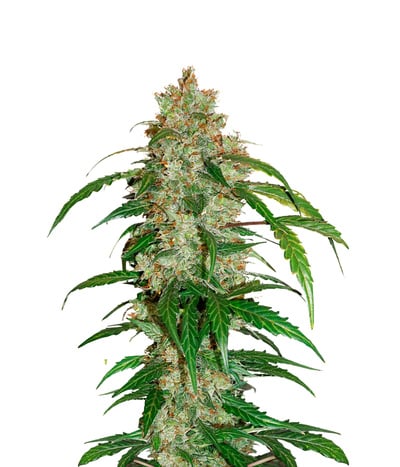

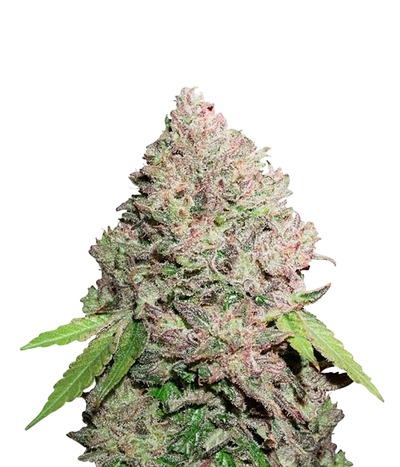

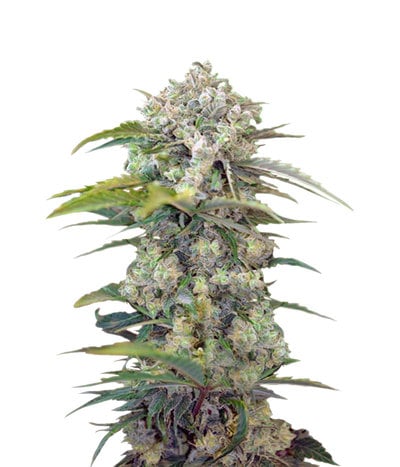

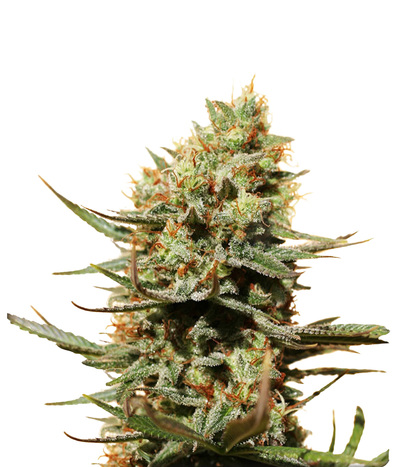

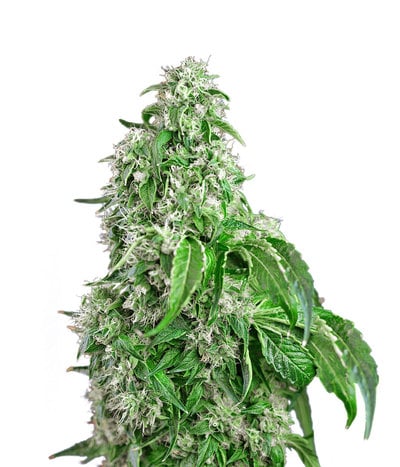





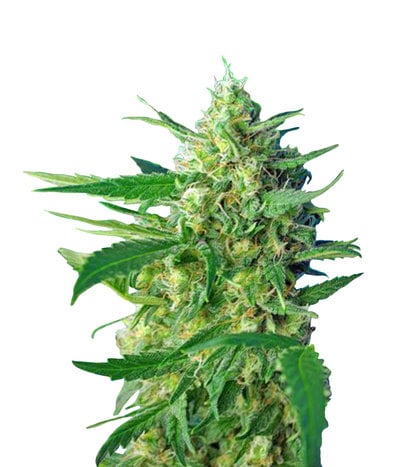





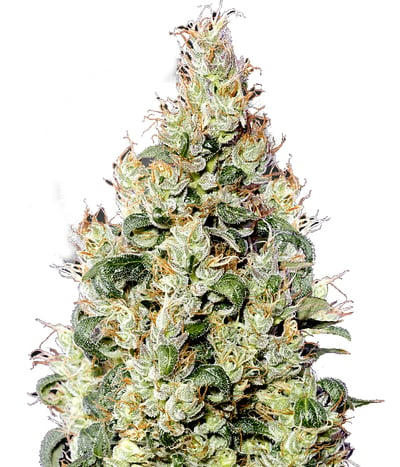



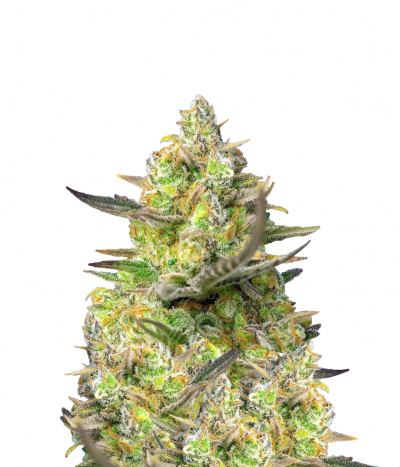

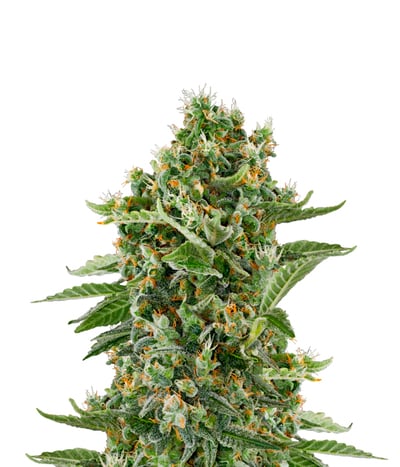

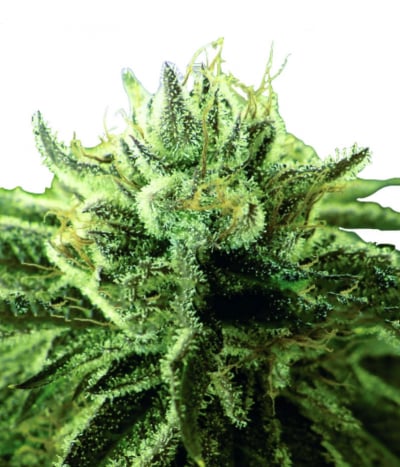

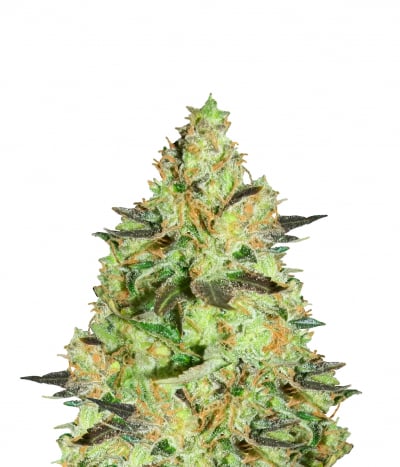



Photoperiodic or photoperiod cannabis plants are those that react to changes in their light cycle. In the wild, cannabis plants grow based on the period of light and darkness they receive. Typically, summers have more daylight compared to darkness, and the plants grow in the vegetative period as long as they receive more daylight. As seasonal changes occur, however, the days become shorter and nights are longer. At this stage, the plants realize that it’s the beginning to an end to their lifecycle, and they try their best to reproduce much before winter begins. Simply put, the flowering period is triggered due to alterations in the light cycle. In this category, you’ll find photoperiod cannabis seeds or strains that continue to vegetate as long as they receive more than 12 hours of light. This applies to both male and female cannabis plants. In this category, you’ll find both regular and feminized seeds. When grown outdoors, they must be planted at the very beginning of summer so that they have enough time to grow. Depending on the latitude, outdoors growers plant the seeds during summer to encourage growth until the nights become longer. But, since every grower cannot grow cannabis plants outdoors, they supply the plants with artificial light indoors. As long as they mimic the natural light cycle, the plants grow happily. It’s to be noted that these photoperiod cannabis plants will vegetate indefinitely as long as they more than 12 hours of light. Most growers follow an 18/6 cycle (18 hours of light and 6 hours of darkness) during the vegetative period, but when they want the plants to flower, they switch to a 12/12 cycle where the plants receive 12 hours of light and 12 hours of darkness. Once the grower is satisfied with the growth, he can force the plant to flower by manipulating the cycle..